Physical Address
304 North Cardinal St.
Dorchester Center, MA 02124
Physical Address
304 North Cardinal St.
Dorchester Center, MA 02124
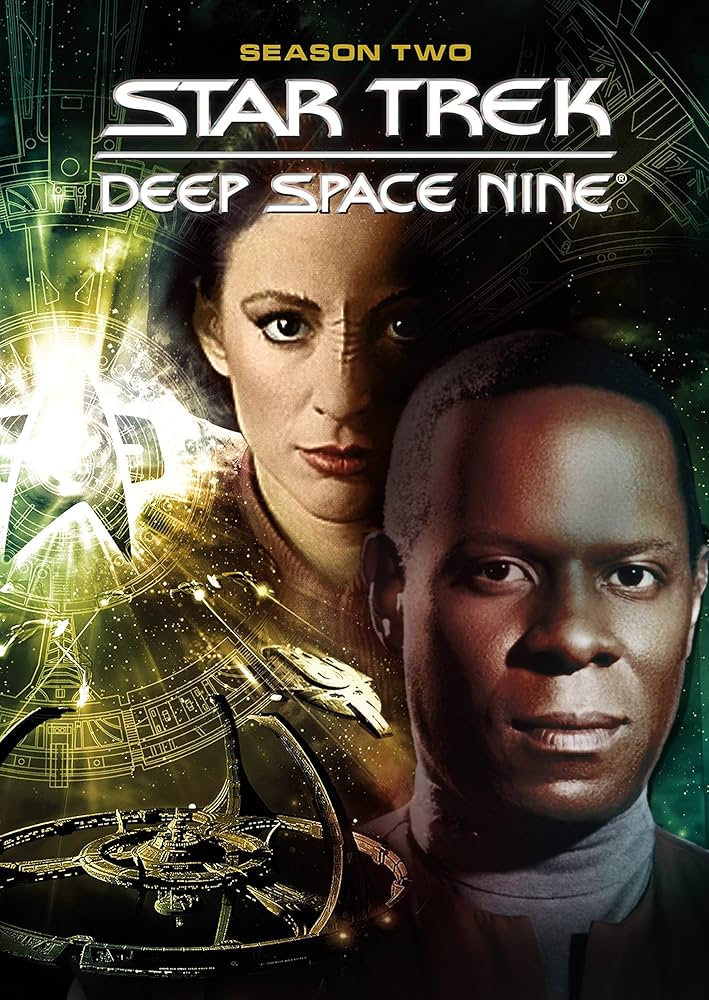
Star Trek: Deep Space Nine Season 2 marked a turning point for the acclaimed sci-fi series, delivering deeper storylines and complex character development. This article explores the entire second season, highlighting its talented cast, memorable episodes, and pivotal moments from both Season 2 Episode 1 and Episode 9. We’ll also provide context by looking back at Season 1 and forward through Seasons 3, 4, and 5, showcasing the show’s expansion and growing legacy. Finally, we’ll touch upon Star Trek: Enterprise, the next step in the Star Trek television universe, and its connection to the broader franchise.
Star Trek: Deep Space Nine Season 2 really begins to find its footing, moving beyond the unevenness of the first season and embracing what makes the show unique. The characters feel more settled in their roles, and the storytelling grows more confident and adventurous. This season balances political intrigue, spiritual themes, and character-driven drama, especially focusing on Bajor’s complex situation after its Cardassian occupation. Episodes like “The Homecoming” and “The Siege” highlight the tension on the station, while others such as “The Wire” and “Tribunal” delve into personal struggles and ethical dilemmas. The season also introduces the Dominion threat, setting the stage for future conflicts. Overall, Season 2 marks a turning point where Deep Space Nine starts to stand out from other Star Trek series by blending serialized storytelling with rich character development, making it a compelling watch for fans who enjoy a mix of action, politics, and deeper emotional arcs.
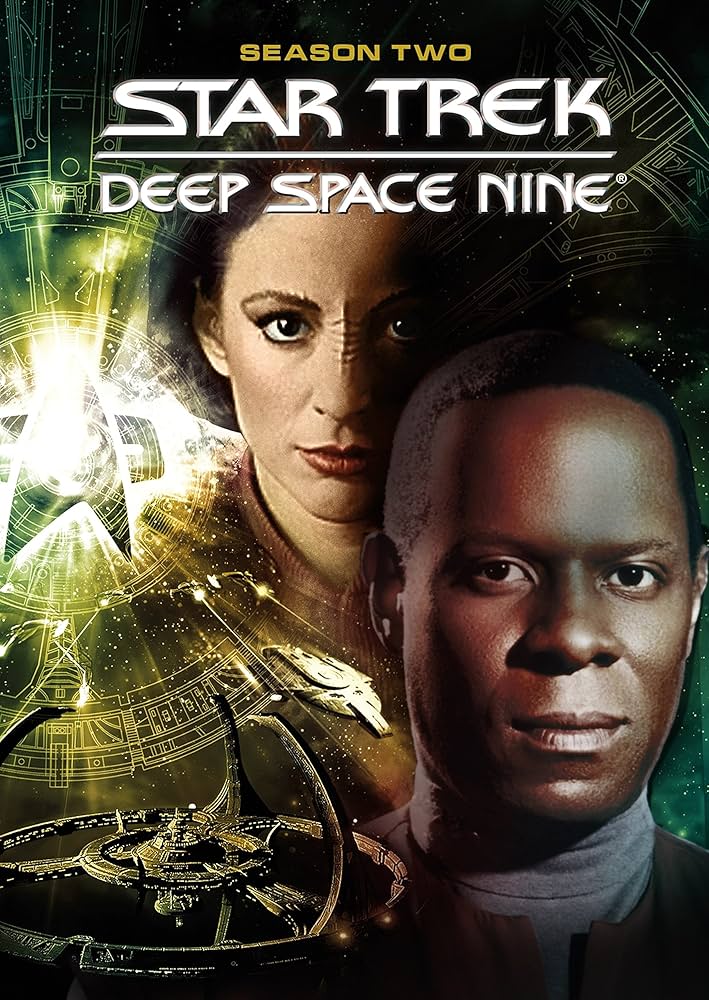
The cast of Star Trek: Deep Space Nine Season 2 features a strong ensemble of characters who bring the space station to life with depth and personality. Avery Brooks stars as Benjamin Sisko, the commanding officer whose leadership anchors the series. René Auberjonois plays Odo, the station’s chief of security, known for his shape-shifting abilities and complex moral code. Terry Farrell appears as Jadzia Dax, the science officer with a unique symbiotic past. Cirroc Lofton portrays Jake Sisko, Benjamin’s curious and creative son, adding a human touch to the storylines.
Colm Meaney shines as Miles O’Brien, the hardworking chief operations officer, while Armin Shimerman’s Quark provides comic relief as the cunning Ferengi bar owner. Alexander Siddig plays Dr. Julian Bashir, the young and idealistic chief medical officer. Nana Visitor is Kira Nerys, the fiery Bajoran first officer with a rich backstory tied to her planet’s struggle. Although Michael Dorn’s Worf joins later seasons, the core cast in Season 2 already offers a rich mix of personalities that balance drama, humor, and intrigue, making the show stand out in the Star Trek universe.
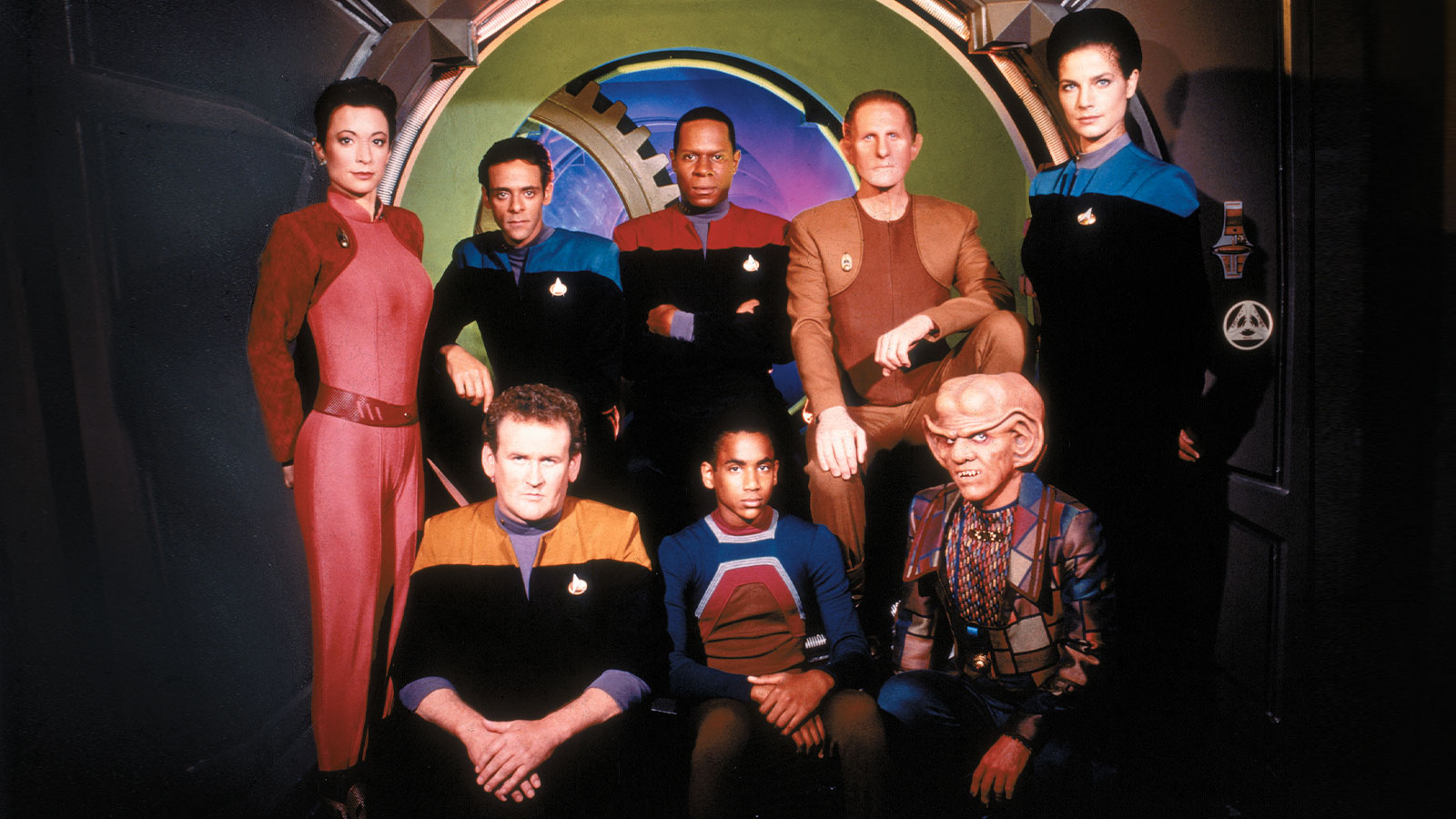
Season 2 of Star Trek: Deep Space Nine really starts to find its footing, offering a mix of memorable episodes that deepen the characters and set up important storylines for the series. This season explores complex themes like political intrigue, identity, and loyalty, especially through episodes like “The Homecoming,” “The Circle,” and “The Siege,” which form a gripping trilogy about a Cardassian uprising. The show also takes time to explore Odo’s mysterious past in “Necessary Evil,” adding layers to his character.
What makes this season stand out is how the relationships between characters become more nuanced and real. For example, Quark faces new challenges with a rival casino owner in “Rivals,” while Sisko’s leadership and personal life are tested in episodes like “Second Sight.” The season balances standalone stories with arcs that ripple through later seasons, making it essential viewing for fans who want to see the series grow beyond its first season’s tentative steps.
Overall, Season 2 is where Deep Space Nine begins to confidently carve out its unique identity within the Star Trek universe, mixing political drama with personal stories in a way that feels fresh and engaging.
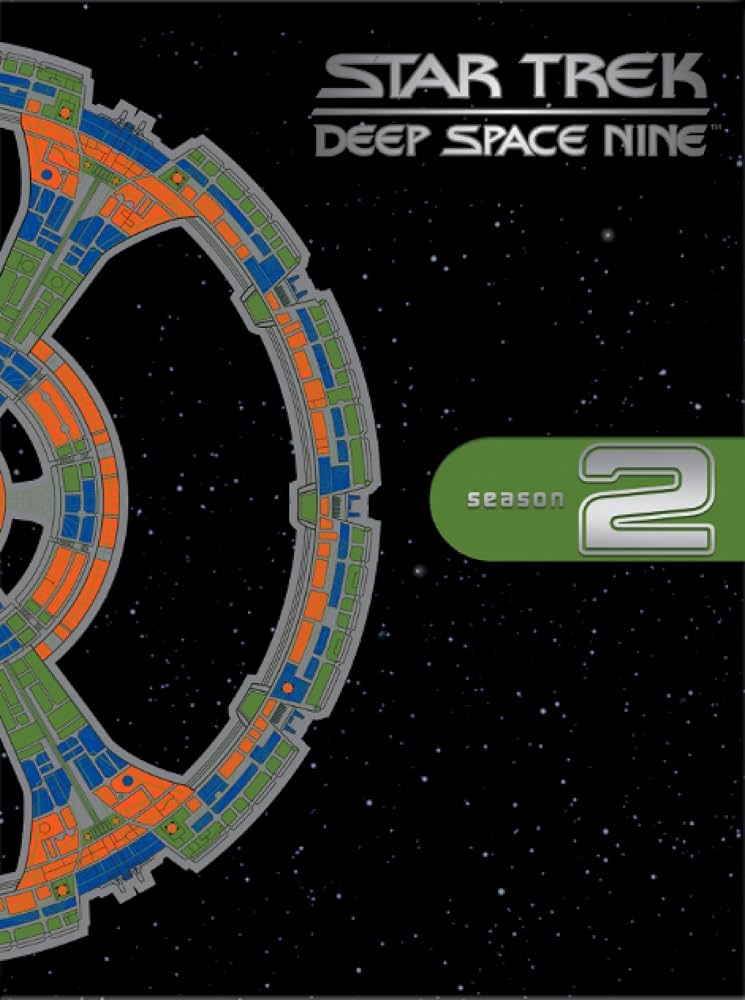
The first episode of Star Trek: Deep Space Nine Season 2, titled “The Homecoming,” dives right into the complex political and social tensions surrounding Bajor. The story focuses on Major Kira Nerys, who undertakes a daring mission to rescue a Bajoran prisoner of war believed to be dead but actually held captive by the Cardassians. This episode highlights the fragile state of Bajor’s provisional government, which is under threat from a nativist group pushing for the removal of all foreigners, creating unrest on both the planet and the space station.
The episode sets the tone for the season by exploring Bajoran politics and the ongoing struggle for stability after years of occupation. It also deepens Kira’s character, showing her dedication and the personal risks she takes for her people. Meanwhile, the rescued prisoner’s return stirs controversy, as his legendary status clashes with the reality of his experiences. This opener is a great example of how Deep Space Nine blends personal stories with broader political drama, making it a compelling start to the season.
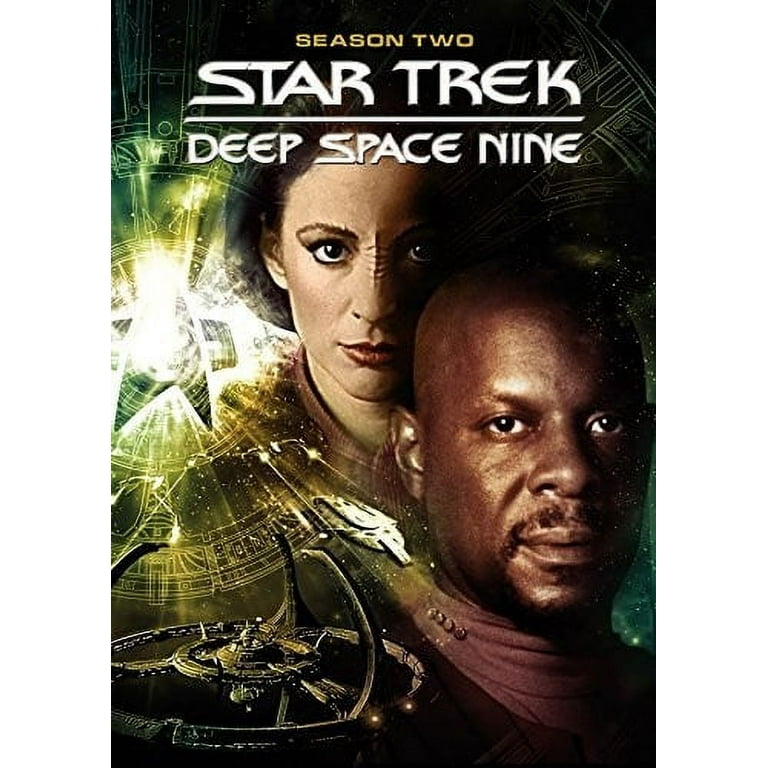
Season 2, Episode 9 of Star Trek: Deep Space Nine, titled “Second Sight,” is a fascinating and somewhat mysterious installment. The episode centers on Commander Benjamin Sisko, who, while coping with the fourth anniversary of his wife’s death, meets a captivating woman named Fenna. Sisko quickly develops feelings for her, but Fenna is elusive and seems to disappear at times, sparking curiosity about her true nature. Meanwhile, renowned terraformer Dr. Gideon Seyetik arrives on the station with a bold plan to reignite a dying star, which adds tension and urgency to the story.
As the episode unfolds, it’s revealed that Fenna is not an ordinary woman but a telepathic projection linked to another character, Nidell, who is trapped in an unhappy marriage and whose subconscious creates Fenna during emotional distress. The story explores themes of love, loss, and sacrifice, culminating in Seyetik’s dramatic decision to sacrifice himself to reignite the star and free Nidell from her suffering. While some fans find the episode’s premise strange and its resolution less satisfying, it offers a unique blend of emotional depth and sci-fi intrigue that fits well within the broader narrative of Deep Space Nine.
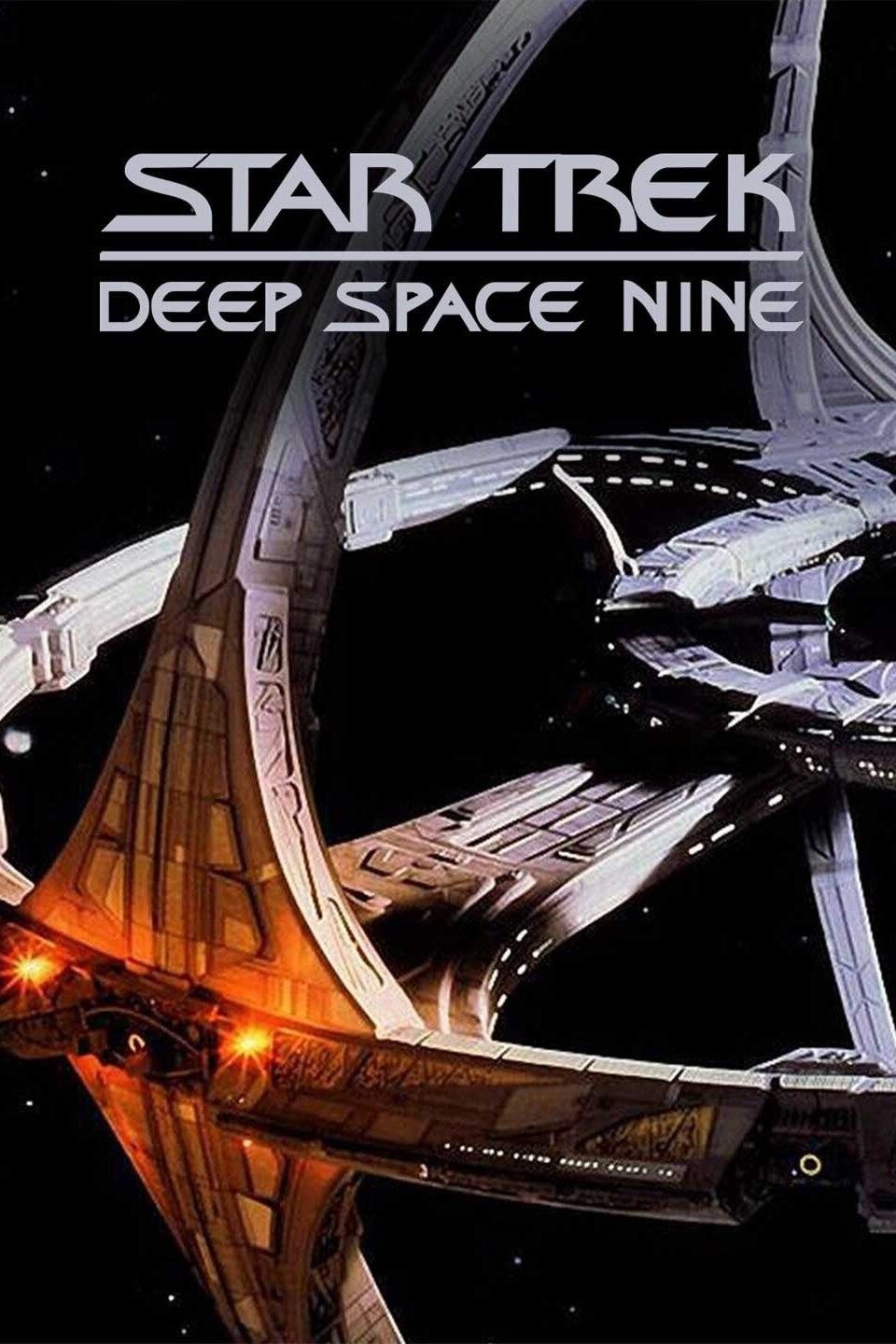
Star Trek: Deep Space Nine Season 1 introduces us to a unique corner of the Star Trek universe—a space station called Deep Space Nine, located near the planet Bajor. Commander Benjamin Sisko takes command of the station shortly after the Cardassians, who once occupied Bajor, have been driven out. The Bajorans invite the Federation to help manage the station, setting the stage for a fascinating mix of politics, culture, and conflict. Early on, Sisko discovers a stable wormhole near Bajor, which opens up new possibilities for exploration and trade, but also brings mysterious alien beings known as the Prophets, whom the Bajorans worship.
Unlike other Star Trek series that focus on starship voyages, DS9’s first season centers on life aboard the station, making it feel more like a character-driven drama with ongoing storylines. The show explores Sisko’s personal struggles, including his role as the Bajorans’ Emissary, a spiritual figure he initially resists but gradually embraces. The season balances action, political intrigue, and emotional depth, setting the tone for a series that would become known for its serialized storytelling and complex characters. It’s a fresh, engaging start that stands out in the Star Trek franchise.
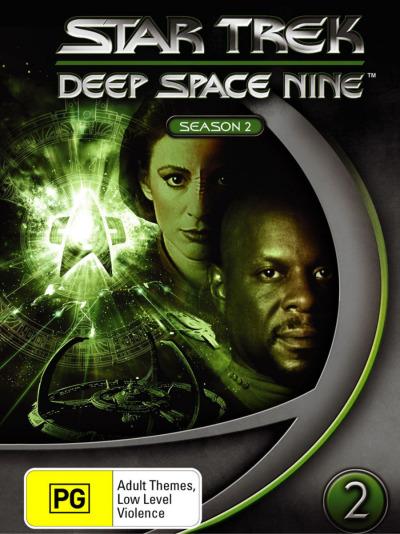
Star Trek: Deep Space Nine Season 3 really deepens the show’s rich storytelling and complex character arcs. This season explores the looming threat of the Dominion, a mysterious and powerful force from the Gamma Quadrant, revealing more about their enigmatic Founders and their connection to Odo, the station’s shape-shifting security chief. The tension builds as the Federation and its allies face difficult moral choices, especially when a joint Cardassian-Romulan fleet threatens the Dominion’s homeworld, highlighting the political complexities and blurred lines of diplomacy in the series.
Meanwhile, Bajor and Cardassia take a significant step by signing a peace treaty, though it comes with its own emotional costs, including the loss of Vedek Bareil, a beloved Bajoran spiritual leader. The season also continues to develop Commander Sisko’s role as both a Starfleet officer and the Bajoran Emissary, balancing his duties with the spiritual expectations placed on him. Season 3 blends political intrigue, spiritual themes, and personal drama, making it a standout chapter that sets the stage for the darker, more serialized storytelling that Deep Space Nine is known for.
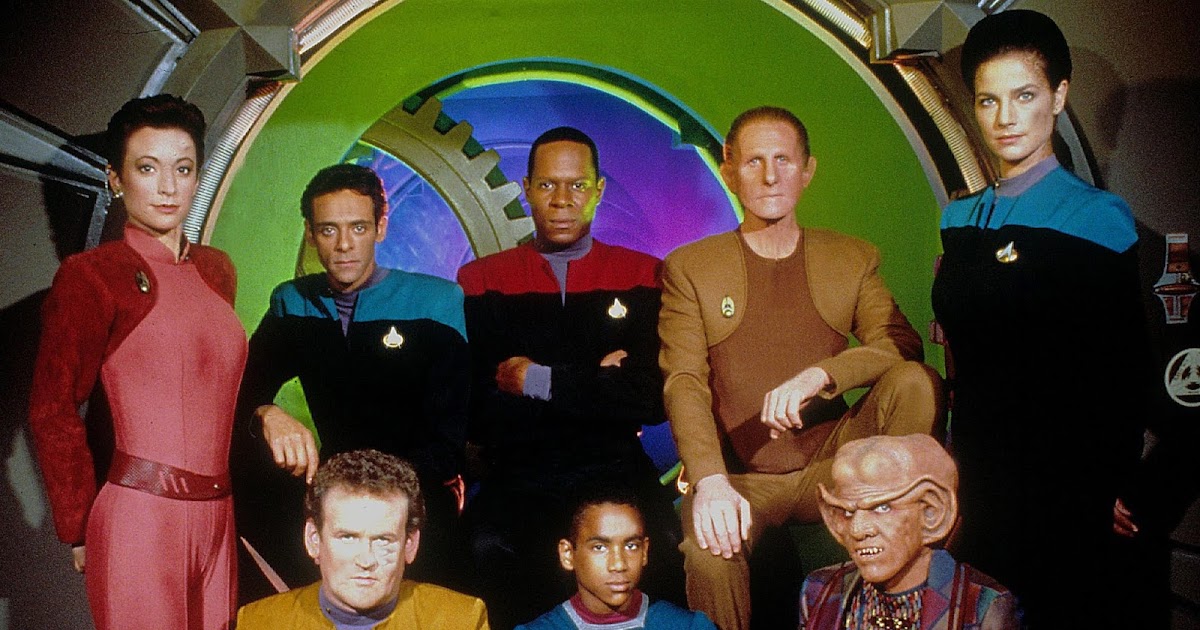
Star Trek: Deep Space Nine Season 4 is often seen as the turning point that revitalized the series, transforming it from its darker beginnings into a more compelling and emotionally rich show. This season kicks off with the thrilling two-part episode “The Way of the Warrior,” which centers on the Klingons and sets the stage for intense political and military drama. Throughout the season, the show balances action-packed storylines with deeply personal moments, like the poignant episode “The Visitor,” where Jake Sisko reflects on the loss of his father in a moving time-travel narrative.
Season 4 also explores themes of loss and betrayal, with key characters facing significant challenges: the Federation loses its alliance with the Klingons, Starfleet officer Michael Eddington defects to the Maquis, and Sisko experiences personal heartbreak. These story arcs add layers of complexity and realism to the series, making it stand out within the Star Trek franchise. Additionally, the season features memorable episodes like “Little Green Men,” a humorous Ferengi adventure, and “Homefront” and “Paradise Lost,” which delve into Dominion infiltration and political intrigue on Earth. Overall, Season 4 set the tone for what many fans consider the best era of Deep Space Nine.
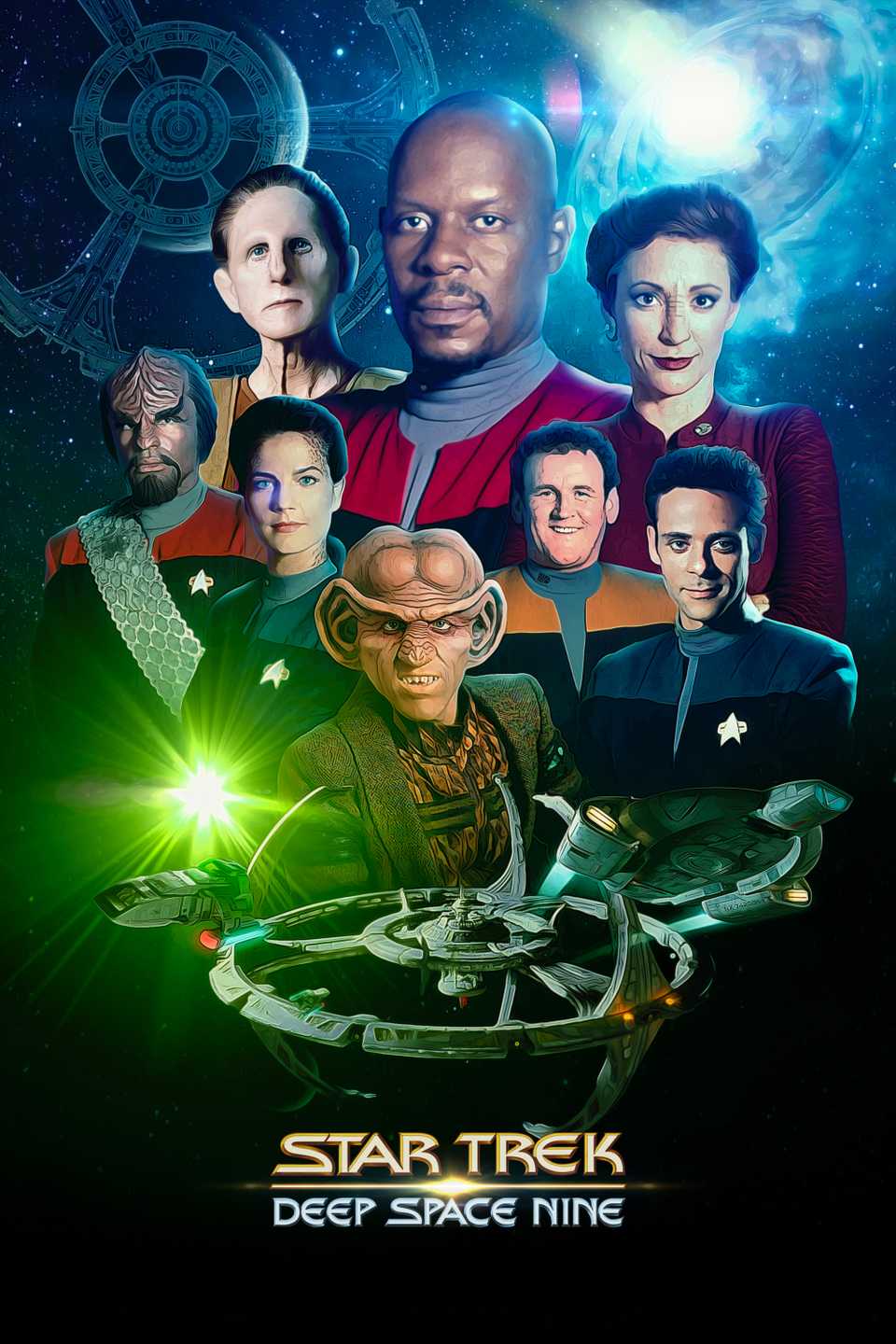
Star Trek: Deep Space Nine Season 5 is a pivotal chapter in the series, marking a major shift in the story and tone. The season kicks off with the Cardassian Union in chaos and the Klingons at war with both Cardassia and the Federation. Throughout the season, alliances shift dramatically—Martok is revealed as a changeling, which shakes the Federation-Klingon relationship, and Dukat secretly allies Cardassia with the Dominion, setting the stage for a larger conflict. This season deepens the political intrigue and war drama, moving away from earlier episodic storytelling toward a more serialized, intense narrative.
The characters also experience significant changes: Worf and Dax are single, Bashir dates Leeta, and the O’Briens face family challenges. By the end of the season, many initial conditions have been upended, reflecting the series’ darker, more complex approach to storytelling. The Dominion War looms large, and the wormhole aliens’ prophecy causes Bajor to reconsider joining the Federation. Season 5 is often praised for its strong internal consistency and its role in setting up the epic conflicts that define the rest of the series.
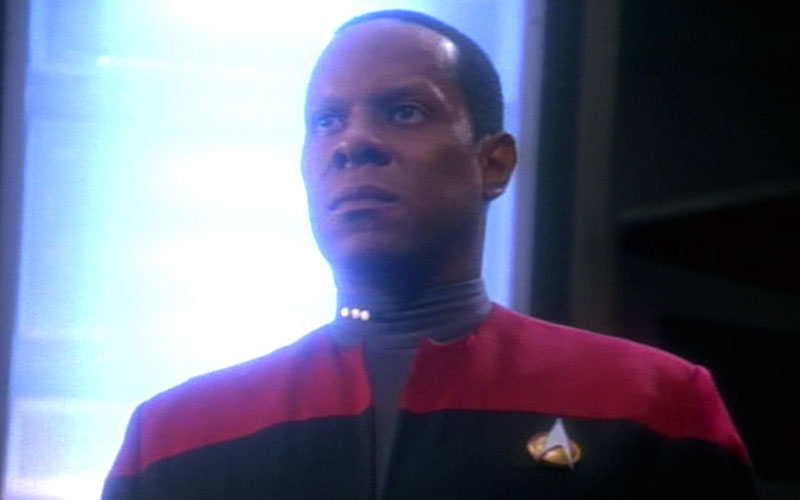
Star Trek: Enterprise is a prequel series that takes us back to the early days of space exploration, set about a century before Captain Kirk’s famous voyages. It follows Captain Jonathan Archer and the crew of the Enterprise NX-01, humanity’s first Warp 5 starship, as they embark on bold missions to explore the galaxy and establish humanity’s place among other spacefaring civilizations. Unlike later Star Trek shows, the Federation hasn’t been formed yet, so the crew often navigates uncharted territory politically and culturally, especially dealing with the Vulcans and other alien species.
The show aired from 2001 to 2005, spanning four seasons and 96 episodes. It’s known for blending classic Star Trek exploration with darker story arcs and complex character relationships. While it received mixed reactions from fans, many appreciate its unique take on the franchise’s origins and its willingness to explore the challenges of humanity’s first steps into deep space. The cast includes memorable characters like T’Pol, Trip Tucker, and Hoshi Sato, each bringing something special to the dynamic crew. Overall, Enterprise offers a fresh perspective on the Star Trek universe, highlighting the excitement and uncertainty of early space travel.
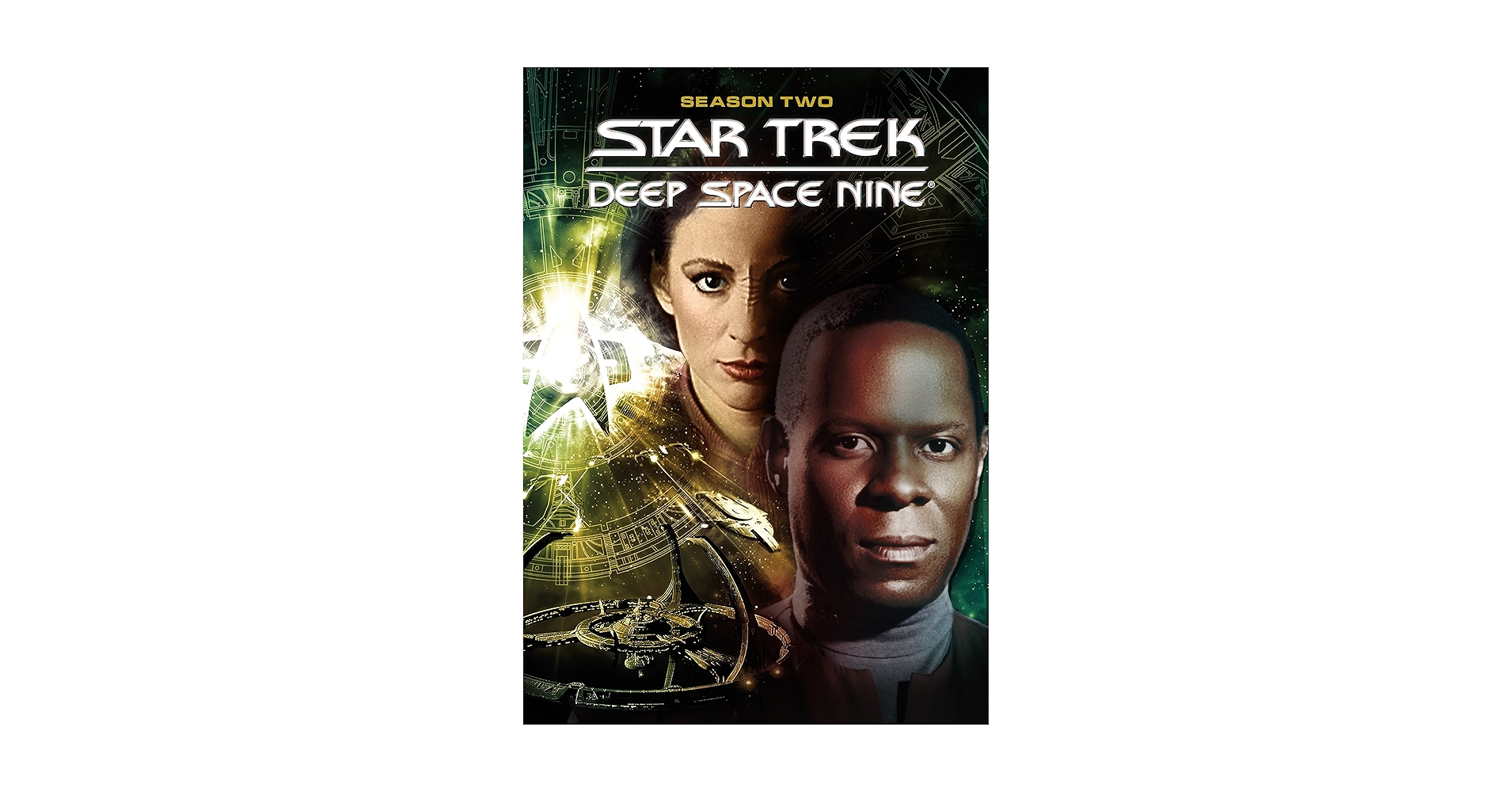
In conclusion, Season 2 of Star Trek: Deep Space Nine expands the series’ rich narrative tapestry, delving into complex character development and intricate storylines. With the introduction of pivotal figures such as the enigmatic Gul Dukat and the emotional struggles of Kira Nerys, this season pushes the boundaries of traditional sci-fi storytelling. The exploration of themes like war, spirituality, and morality resonates deeply, elevating the series to new heights. As the stakes rise within the Alpha Quadrant, viewers are left eagerly anticipating how these developments will shape the future of the space station and its diverse inhabitants.